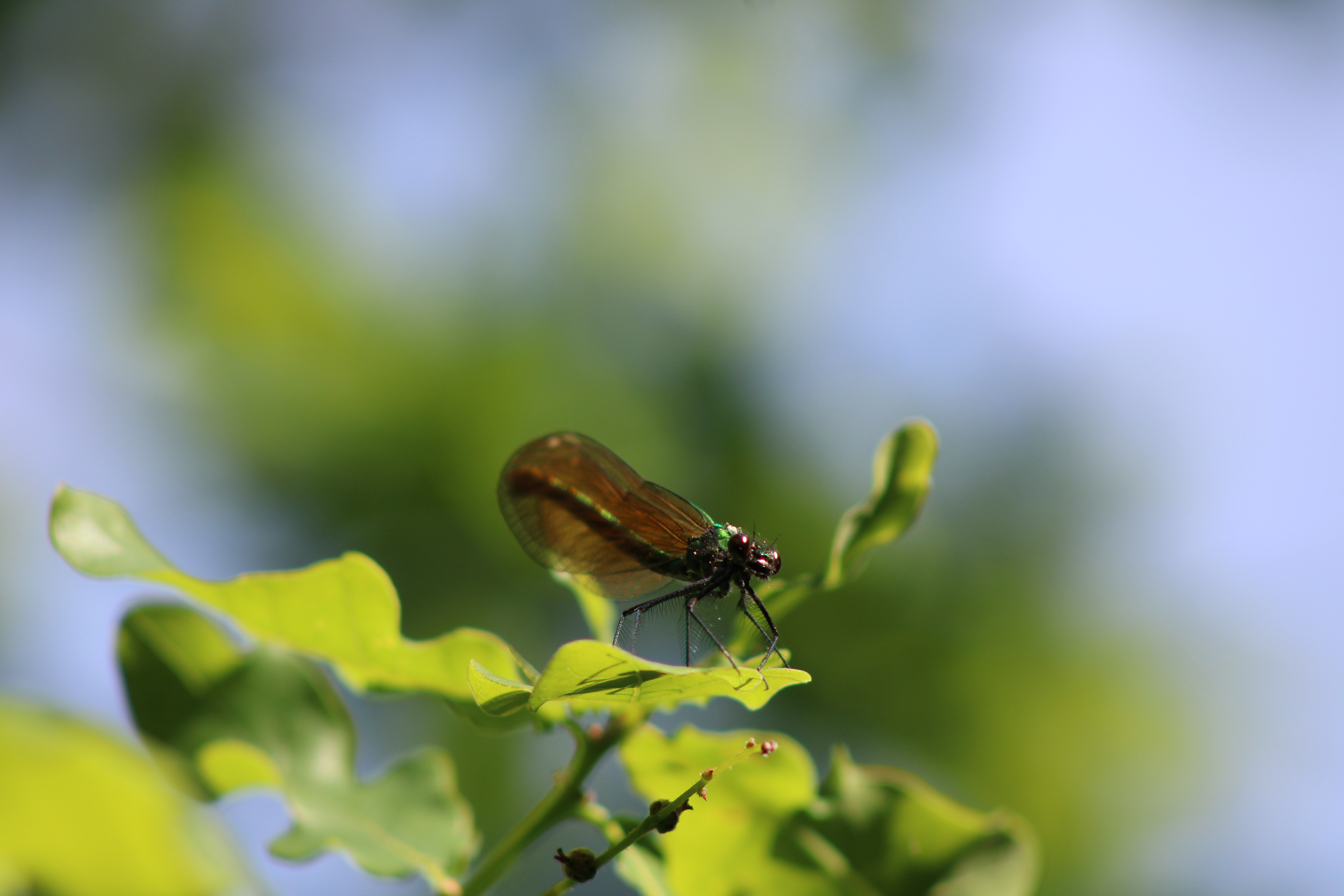Here at Bore Place we have been enjoying the early signs of spring. Blossom is blooming on the trees, bluebells are on the way, and our meadow will soon be carpeted in wildflowers.
Now is an exciting time to get outside and explore your local wild areas, we’ve compiled a list of our favourite signs of spring for you to seek out:
1. Dawn Chorus
Head out for a walk an hour before sunrise and you will be treated to the full glory of the dawn chorus. Late April and May when the weather is fine is the best time to experience this phenomenon. Our resident birds are now beginning to be joined by our summer migrants so listen out for the chiffchaff singing its own name from the bushes, and the beautiful song of the nightingale.

2. Toads and Frogs
Throughout April and May check your local ponds for toad and frog spawn, and their tadpoles which can sometimes be seen swarming near the surface. If you’re heading out in the evening listen out for frogs and toads croaking. The fantastic Bough beech volunteers recently found 200 toads during one of their amphibian surveys!

3. Bats
As the weather warms up bats will be out on the wing more frequently, feasting on flying insects. A common pipistrelle bat can eat up to 3,000 insects in one night! Head out 15 minutes after dusk and you will hopefully see bats flitting about above your heads. To learn how to use a bat detector to hear the echolocation of bats and identify the species join us for one of our upcoming bat walks.

4. Reptiles
Our native reptiles are very active throughout spring during their mating season. Look out for reptiles basking on log piles and field edges. Here at Bore Place we regularly find grass snakes and slow worms during our reptile surveys, and we are using reptiles as one of our six indicator species to assess the health of our grasslands and field margins.

5. Cuckoos
As our summer migrants begin to appear over the next couple of weeks we will be eagerly listening out for the distinctive call of the cuckoo. St Tiburtius’ Day on the 14th April is traditionally when the first cuckoo is usually heard, although in recent years it can be weeks later. Cuckoos were first heard at Bore Place on the 22nd April last year.

6. Skylark Display Flight
Take a walk over farmland to experience the wonderful display flight of the skylarks. Skylarks inhabit open countryside throughout the UK. In spring their display flights become more frequent and more spectacular, males fly vertically upwards to sing loudly from a great height. Skylarks are a UK Farmland Bird Indicator Species due to their dependency on farmland, Bore Place is also using them as one of our six indicator species.

7. Badger Cubs
Throughout April and May badger cubs will begin to emerge from their setts, whilst out at dusk you may be treated to the sight of young cubs playing and exploring.

8. Common Blue Butterfly
Common blue butterflies are found throughout the UK, in a variety of grassy habitats. They are one of Bore Places indicator species, helping us assess the habitat connectivity and meadow quality at Bore Place. The adults will be on the wing from early May. Book onto our Moths and Butterflies Morning on the 13th May to learn more about these delightful insects.

9. Orchids in Bloom
Here at Bore Place we are looking forward to our common spotted orchids blooming in the meadow and woodland rides in late spring. This is the UK’s most common orchid, and most easy to identify due to the purple spots on it’s leaves. See how many orchids you can spot whilst out on walks this spring and summer.

10. Dragonflies and Damselflies
Whilst out walking near ponds and rivers look out for emerging dragonflies and damselflies. Dragonfly and damselfly larvae develop underwater, when they are ready to become adults they climb up vegetation to emerge. This usually occurs early in the morning throughout May and June. Dragonflies and damselflies are one of Bore Place’s indicator species, which we’ll use to assess the health of our ponds on site.

There’s always something exciting to see when you get outside in spring. Why not join us for our Bioblitz in May to explore the farm in search of wildlife? We would love to hear about your wildlife encounters at Bore Place and see any pictures you have taken on the farm!